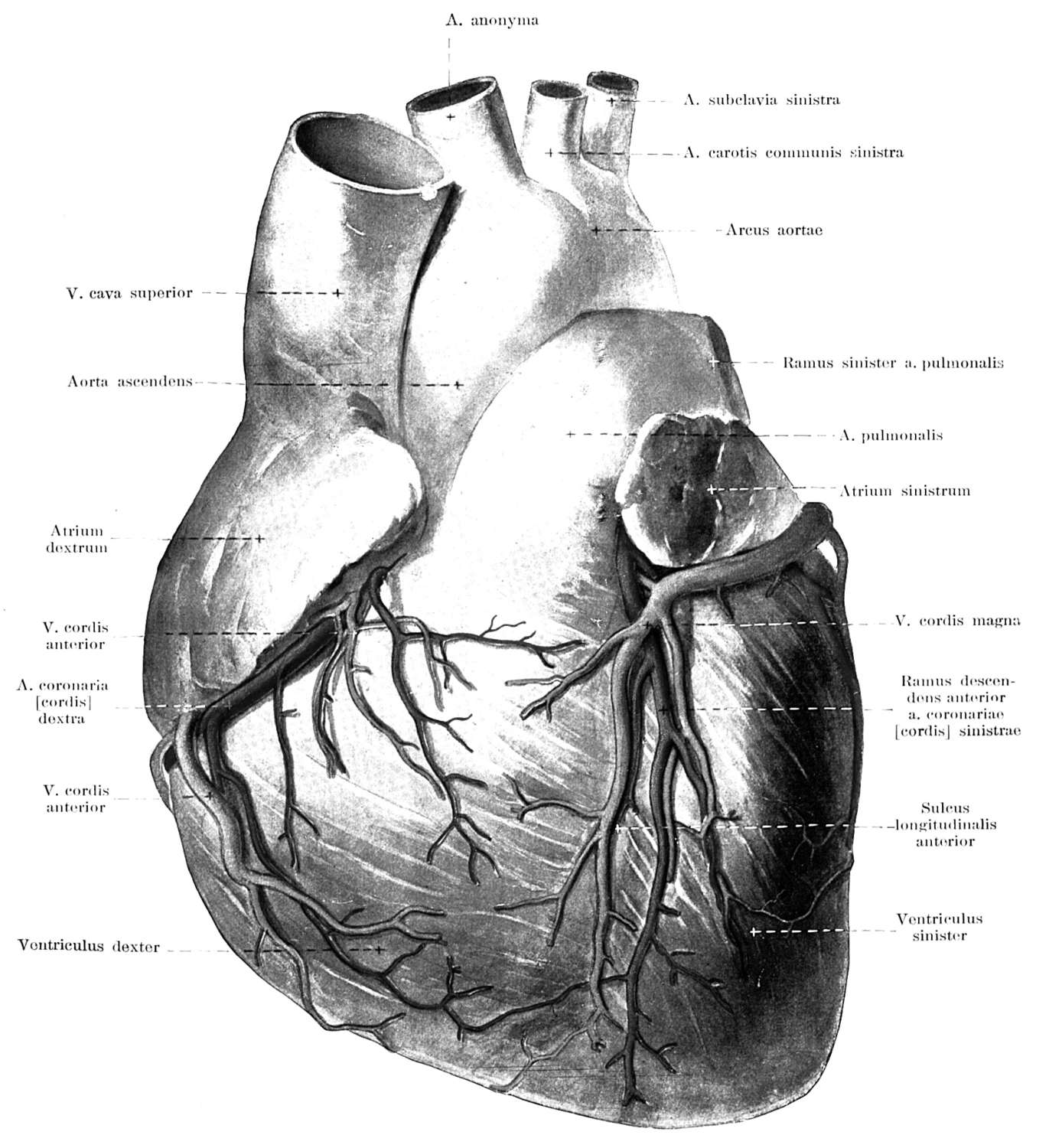
MONDAY, Sept. 9 (HealthDay News) — While the rate of obesity among U.S. children seems to have leveled off, the number who are “severely obese” continues to rise, according to the American Heart Association.
Some 5 percent of children and teens now fall into this category, putting them at high risk for premature heart disease and type 2 diabetes, the researchers report in an American Heart Association scientific statement published in the Sept. 9 online edition of Circulation.
“We are defining a new class of pediatric obesity called ‘severe’ obesity,” said lead researcher Aaron Kelly, an associate professor of pediatrics at the University of Minnesota Medical School in Minneapolis.
“This type of obesity is different than traditional obesity and overweight in children,” he said. “It is an extreme form of obesity.”
Children are considered severely obese if they have a body mass index (BMI) above the 95th percentile for their sex and age, or a BMI of 35 or higher. BMI is a measure of weight in relation to height, and a child in the 95th percentile weighs more than 95 percent of other children the same sex and age.
For example, Kelly said, a 7-year-old girl of average height who weighs 75 pounds, or a 13-year-old boy of average height who weighs 160 pounds, would both be considered severely obese.
And those excess pounds have “both immediate and long-term health consequences,” Kelly said. Severely obese kids face heightened risks of high blood pressure, type 2 diabetes, high cholesterol and early signs of narrowing in the arteries — all risk factors for heart disease.
Cardiologist Dr. Valentin Fuster, director of Mount Sinai Heart at the Mount Sinai Medical Center in New York City, warns that in addition to heart problems, obesity can cause children to develop asthma, sleep apnea, strained bones and joints, and it can lead to low self-esteem.
And, Kelly pointed out, “if you are a child or adolescent who is severely obese, the likelihood of you being an adult with morbid obesity is very high.”
The steps to treating severely obese children range from lifestyle changes — such as diet and exercise — to more intensive tactics, including weight-loss drugs and, in some cases, surgery to reduce the size of the stomach.
Unfortunately, Kelly said, diet and exercise do not work all that well for these kids. And drugs and surgery are limited in their reach; surgery isn’t appropriate for, or available to, all severely obese children, and the most effective weight-loss drugs aren’t approved for use in children, Kelly noted.
More research into effective therapies is key, as is the recognition of severe obesity as a chronic disease, he explained.
“Pediatricians need other options besides just lifestyle therapy to treat this disease,” Kelly said.
One expert said he thinks intensive and monitored lifestyle changes — not drugs or surgery — are the answer.
“How much better and more cost-effective [would it] be to impart life skills to these young people, through innovative models? Such models exist, but are not yet established as alternatives to surgery,” said Dr. David Katz, director of the Yale-Griffin Prevention Research Center.
According to Katz, the American Heart Association statement offers an “important and timely reminder” that general obesity may be stabilizing among U.S. children — but severe obesity is “rising briskly.”
“We must do all we can to minimize the development of severe obesity in the first place,” Katz said. “But for the large number of kids already in this plight, my hope is that we can validate and fund behavioral options that rely on skills, so that we may rely a bit less on scalpels.”
More information
For more about childhood obesity, visit the U.S. Centers for Disease Control and Prevention.
Copyright © 2025 HealthDay. All rights reserved.

